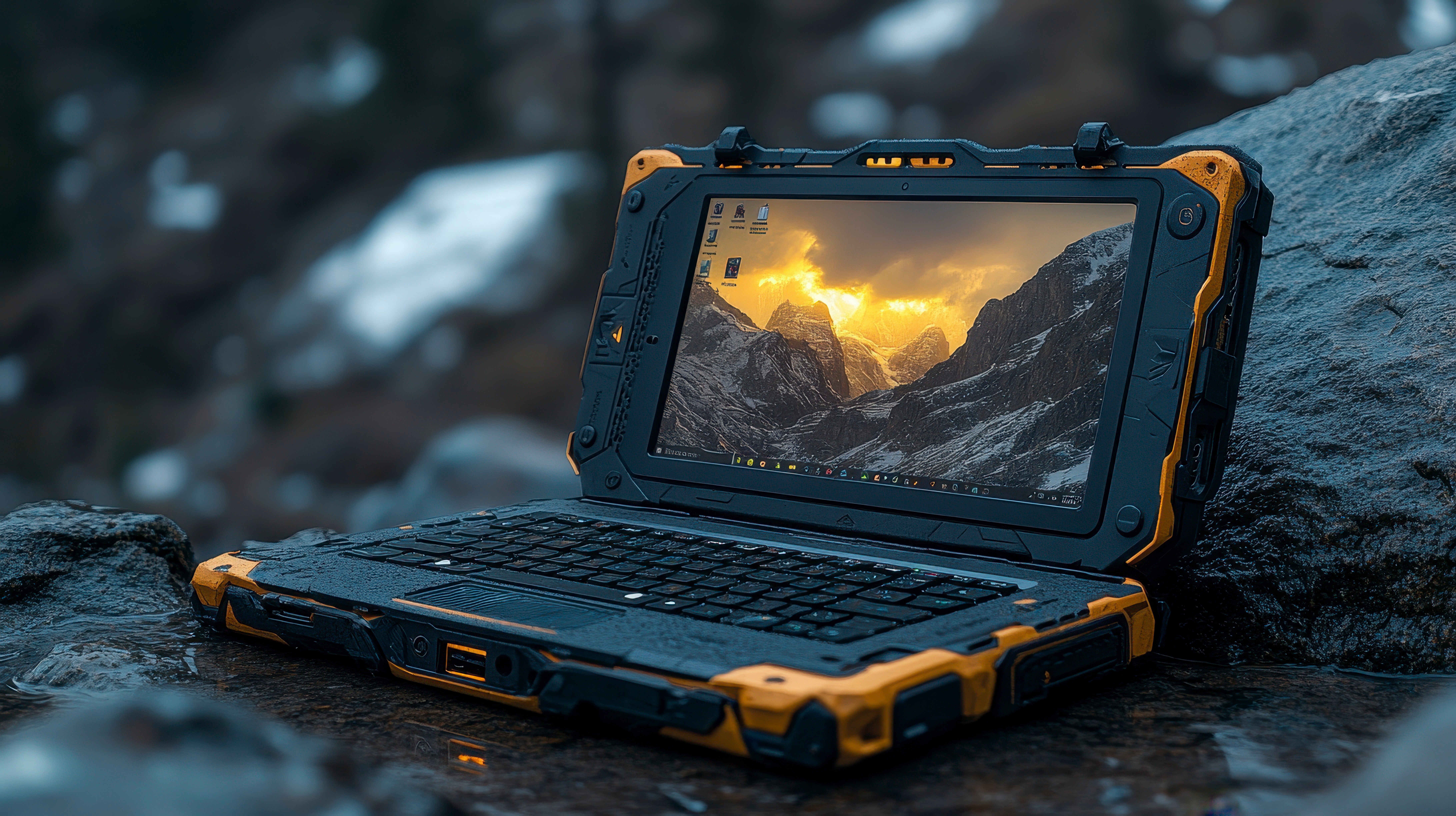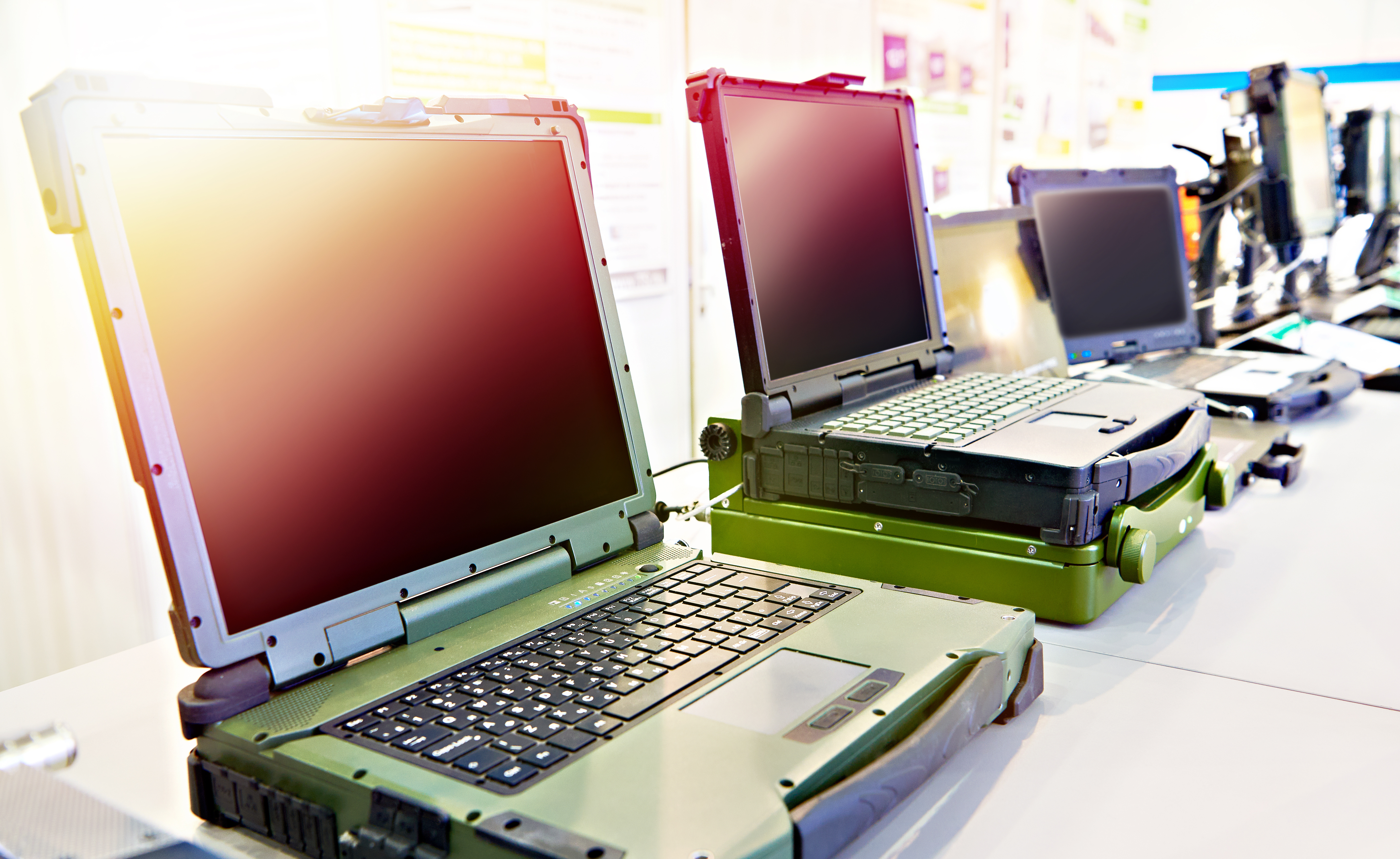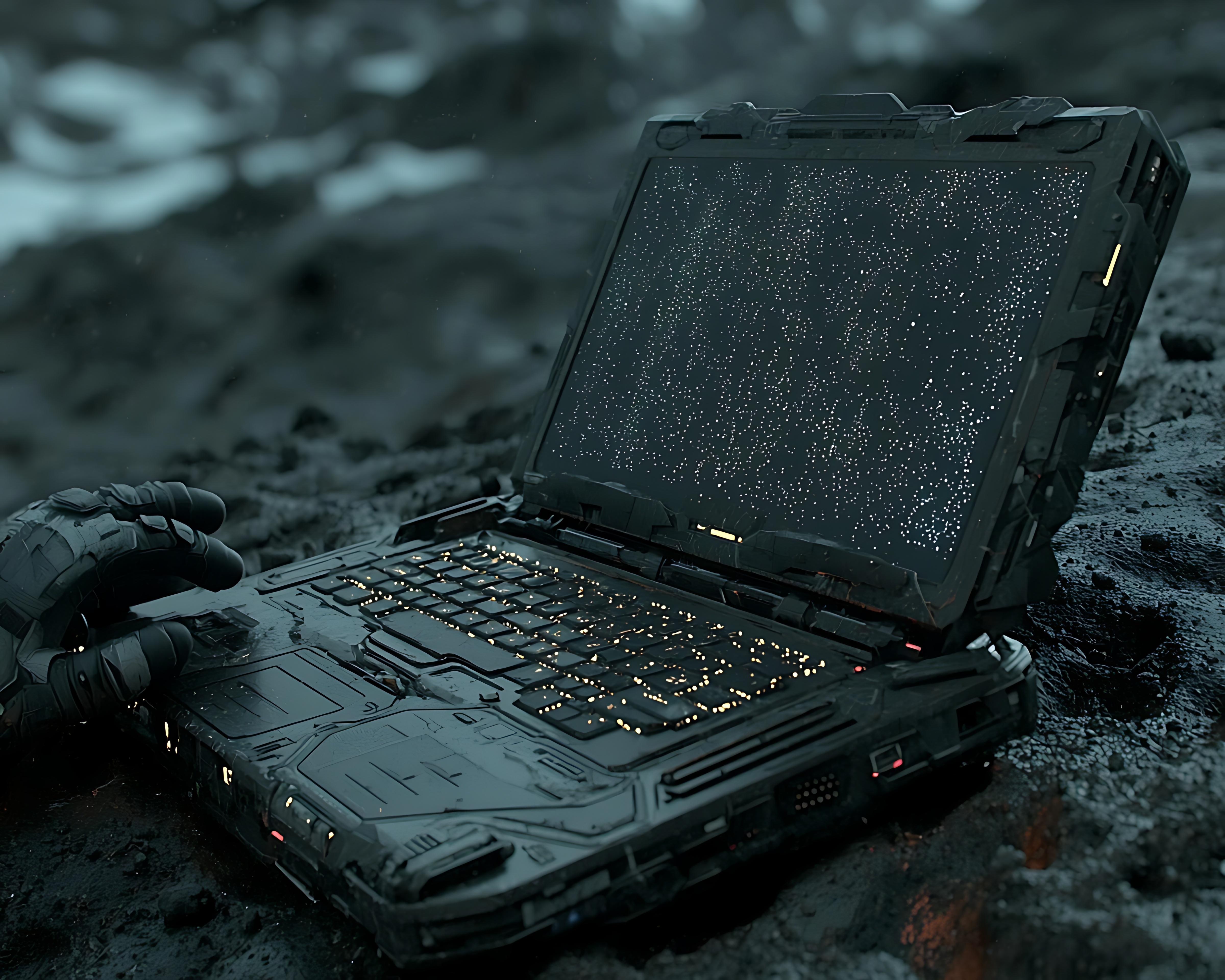AI at the Edge: How Artificial Intelligence is Transforming Rugged Computing
Posted by Doran Janeka on 27th Jun 2025
Rugged laptops and tablets are designed to withstand more abuse than their commercial counterparts. Public safety organizations, such as law enforcement and emergency responders, rely on this durability, along with their portable, field-ready technology, to keep equipment functioning in times when it’s needed most.
But these advantages only go so far. There is much more that can be done to enhance these devices and enable teams to analyze data and respond more quickly. One solution is deploying artificial intelligence directly on the device, rather than sending data back to distant cloud servers. This approach, known as edge AI, allows rugged computing devices to process information in real-time where the work is actually being done.
Let’s take a closer look at how Edge AI is transforming rugged computing to give public safety teams access to faster data and stronger support in the field.
 What is Edge AI and Why Does It Matter for Rugged Devices
What is Edge AI and Why Does It Matter for Rugged Devices
IBM defines Edge computing best. They state that it is a distributed computing model where data processing and storage happen closer to where data is created, rather than relying on distant, centralized cloud servers. This proximity reduces latency, optimizes bandwidth, and enables real-time or near real-time intelligent responses for time-sensitive applications.
Edge artificial intelligence, on the other hand, combines edge computing and artificial intelligence to run machine learning tasks directly on interconnected edge devices. These devices are networks of hardware located closer to the data source and include equipment such as sensors, cameras, and IoT equipment. They communicate locally to process information more efficiently and reduce their reliance on centralized servers.
By storing data nearby and running AI algorithms directly on the device, Edge AI performs processing at the “network edge.
This low-latency AI approach reduces the need for a centralized cloud or data center, significantly reducing delays in processing and responding to inputs. As a result, rugged devices can analyze information within milliseconds and deliver instantaneous feedback.
Edge Computing vs. Cloud Computing
Traditional cloud-based AI depends on stable internet connections to send data back and forth to cloud servers and data centers for processing. Edge AI shifts that work on the device itself. On-device analysis also reduces bandwidth usage and keeps systems operating even when internet access is limited or unavailable.
Why Public Safety Teams Rely on Edge AI
Public safety teams work in unpredictable environments where durability and portability really count. That’s why rugged laptops and other mobile devices are among the most trusted tools in the field. Adding on-device AI adds another critical layer, bringing real-time intelligence directly to field teams.
With AI models processing data on-site, public safety teams don't have to wait for a stable network connection to analyze information. Instead, with the real-time access that Edge AI provides, these teams can rely on their rugged tablets and laptops to respond faster, access critical information on the spot, and avoid delays when networks drop out.

The result? Solutions that stand up to the harsh conditions of the field while supporting faster decision-making when quick action matters most.
Why Rugged Devices are Ideal for Edge AI
In field environments, you can't afford to lose a device to moisture, dust, vibration, or even an accidental drop. Nor can you afford interruptions when your team needs real-time answers.
The marriage of rugged hardware and Edge AI creates a solution designed exactly for these situations. Together, they keep data processing close to where it’s collected, even when connectivity is unstable or non-existent.
Rugged hardware handles unforgiving conditions while still running complex algorithms. That processing stability allows field computing teams to trust that one-device AI will keep working, even when conditions are far from ideal.
Real-World Applications of Edge AI in Rugged Environments
Now that we’ve determined what Edge AI is, let’s explore how it’s currently used in the following rugged AI applications in different industries:
- Defense & Military: Rugged AI-powered laptops and tablets run AI models directly on sensors and equipment. These military-grade computing systems keep systems operations running even when networks are jammed or under cyberattack.
- Law Enforcement: Real-time facial recognition on rugged tablets and laptops enables officers to swiftly identify individuals in the field without relying on remote servers, making it an ideal AI solution for fieldwork. This type of public safety tech improves situational awareness and response times.
- Construction: Edge AI helps construction crews monitor risks by processing data directly on-site. Rugged devices work to track equipment and detect objects in real-time. These critical insights enable teams to adjust quickly, prevent incidents, and maintain productivity.
- Utilities and Oil & Gas: These industries rely on real-time monitoring of conditions, such as pipeline pressure and temperature. Rugged Edge AI processes data on-site, reducing latency and enabling early leak detection and predictive maintenance.
- Manufacturing: Siemens uses Edge AI and Edge computing to process data directly on production machines and equipment. This approach lets users conduct real-time performance monitoring, quality improvements, and more efficient workflows.
- Logistics: Edge AI running on rugged devices allows for smart logistics. Dispatch teams can access real-time access to fleet data. That way, they can monitor vehicle performance, adjust routes, and respond to delays quickly.
Key Technologies Powering Edge AI on Rugged Devices
Rugged laptops and tablets running embedded AI need specialized hardware to process data quickly and locally. AI accelerators like edge GPUs, Arm-based chipsets, and custom edge inference engines allow these devices to run machine learning models without reliance on cloud access
For example, the NVIDIA Jetson platform combines Arm cores and a GPU to deliver up to 200 TOPS of low-power computing performance, enabling real-time AI processing directly at the edge.
These components are designed for efficient, low-power performance, making them suitable for mobile deployments where energy and space are limited.
Edge AI performance also depends on rugged device specs that can withstand heat, vibration, and exposure to dust or moisture. Once combined with optimized software and firmware, these hardware advances give rugged systems the power to handle real-time analytics in the field.
Benefits of Edge AI in Rugged Computing: The Takeaways
As you can see, the shift to smart and rugged field devices makes sense. That’s because many organizations must have quick data handling and consistent performance, especially in locations where cloud access isn’t readily available. Edge AI enables devices to process information locally in real-time, eliminating the delays associated with sending it to a remote server.
That local processing ability leads to faster, more informed decisions and keeps workflows moving when networks go down.
In the long run, rugged Edge systems offer strong ROI by lowering maintenance demands and extending the useful life of field equipment. For teams working under pressure, that combination of durability and on-site intelligence is hard to beat.
Your Next Rugged Laptop or Tablet Starts Here
Durability alone isn’t enough for teams operating in high-pressure environments. To get the job done, rugged devices need intelligence at the edge. With innovative, rugged technology powering critical operations across industries, now's the time to ensure your devices are ready.
Start by shopping Bob Johnson’s inventory of refurbished rugged tablets and laptops to find the most affordable option for integrating with Edge AI. You can Shop our Rugged Laptops or Shop our Rugged Tablets here.


